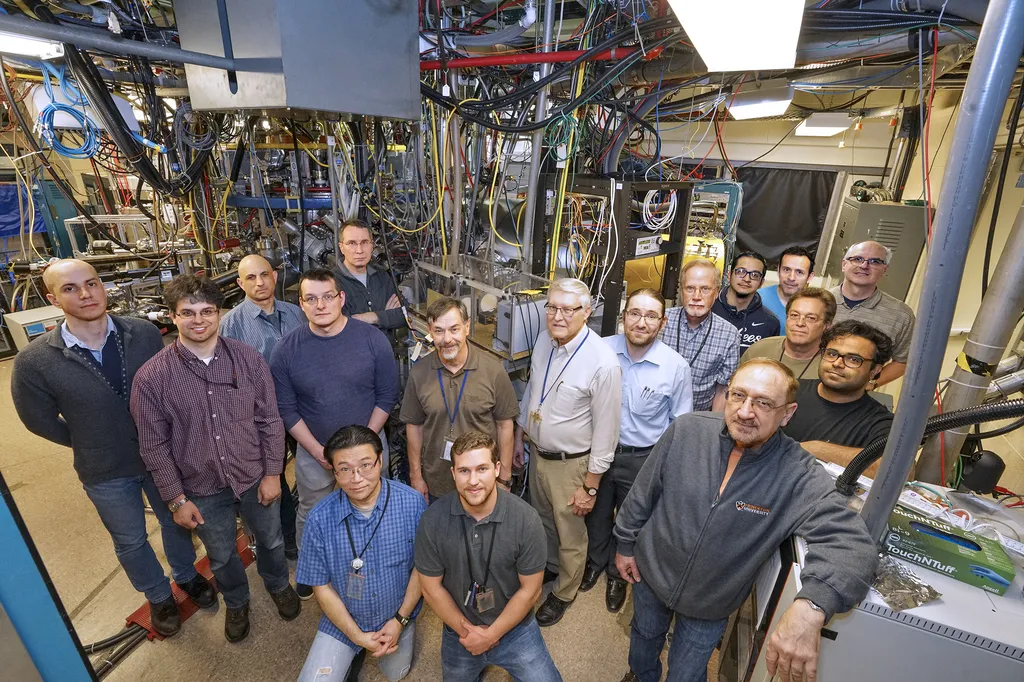In the relentless pursuit of harnessing fusion energy, scientists have made a significant stride in controlling a critical aspect of plasma behavior. Researchers at the Princeton Plasma Physics Laboratory (PPPL), led by Dr. Z. Sun, have demonstrated a novel method for triggering edge-localized modes (ELMs) on-demand in otherwise ELM-suppressed H-mode plasmas. This breakthrough, published in the journal “Nuclear Fusion” (which translates to “Fusion Nucleaire” in English), could have profound implications for the future of fusion power plants.
ELMs are sudden releases of heat and particles from the edge of the plasma, which can damage the reactor walls. In fusion experiments, managing these ELMs is crucial for maintaining the integrity of the reactor and ensuring efficient energy production. The team at PPPL has shown that by injecting tiny lithium granules into the plasma, they can trigger ELMs at will, providing a new level of control over this critical process.
“We were able to achieve a high triggering efficiency with sub-millimeter lithium granules,” said Dr. Sun. “This method allows us to control the frequency of ELMs, from several to hundreds of hertz, which is a significant advancement in plasma control.”
The implications of this research are substantial for the energy sector. By actively controlling ELMs, fusion reactors can operate more safely and efficiently. This could accelerate the development of commercial fusion power plants, bringing us closer to a future where clean, abundant fusion energy is a reality.
One of the most promising aspects of this research is the reduction of core radiation from heavy impurities, such as tungsten, which can degrade plasma performance. The team observed a reduction of up to 60% in core radiation, along with a 30% increase in normalized energy confinement. This dual benefit could significantly improve the performance of future fusion reactors.
At low injection frequencies, the team observed ELMs that were substantially smaller than spontaneous type-I ELMs. At high injection frequencies, a transition to a mixed ELM phase occurred, characterized by intermittent larger ELMs and suppression of the quasi-coherent mode. This mixed phase achieved the most significant reduction in tungsten and improvement in energy confinement.
“This research highlights a promising pathway for active tungsten control via controlled, small ELMs in long-pulse, high-performance scenarios,” Dr. Sun explained. “It opens up new possibilities for optimizing plasma performance and ensuring the longevity of fusion reactors.”
The findings from this study could shape future developments in the field by providing a practical method for managing ELMs in fusion reactors. As the world looks to fusion energy as a potential solution to the global energy crisis, advancements like this bring us one step closer to realizing the dream of clean, limitless power. The research not only advances our understanding of plasma physics but also paves the way for more stable and efficient fusion reactors, potentially revolutionizing the energy sector.

